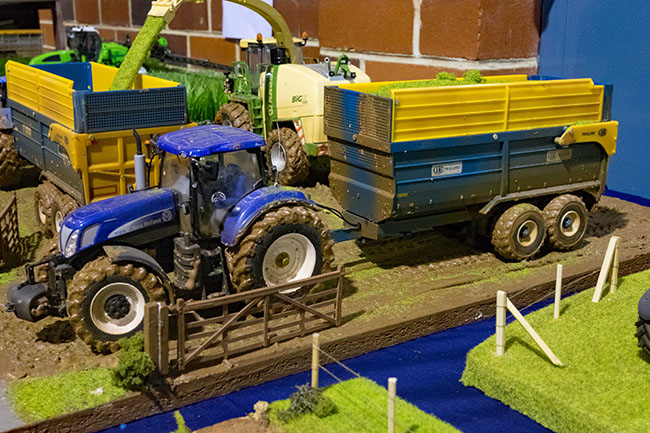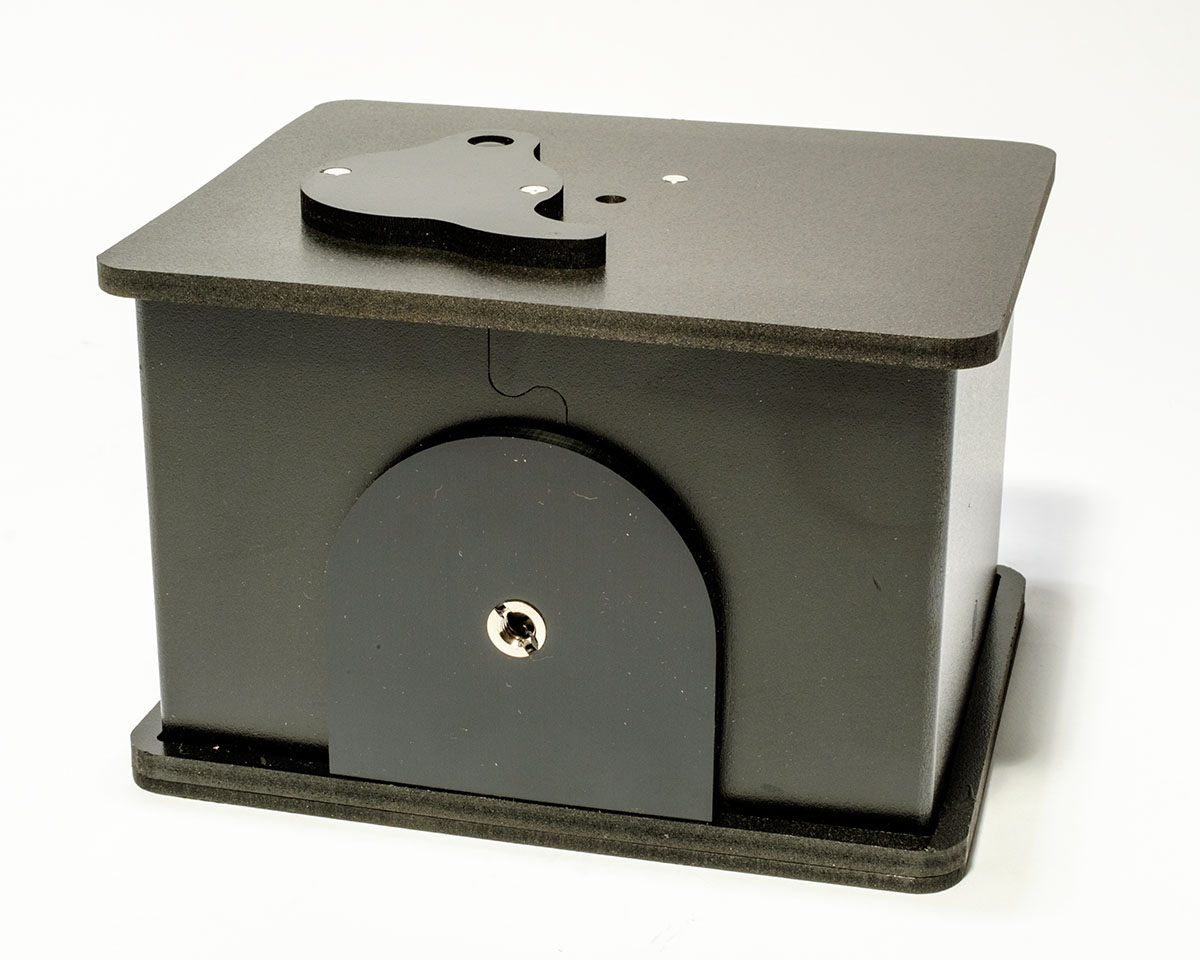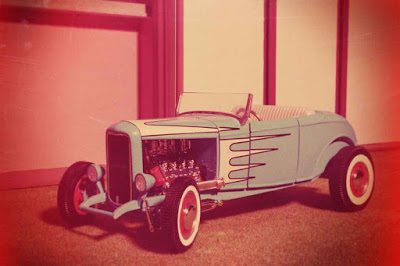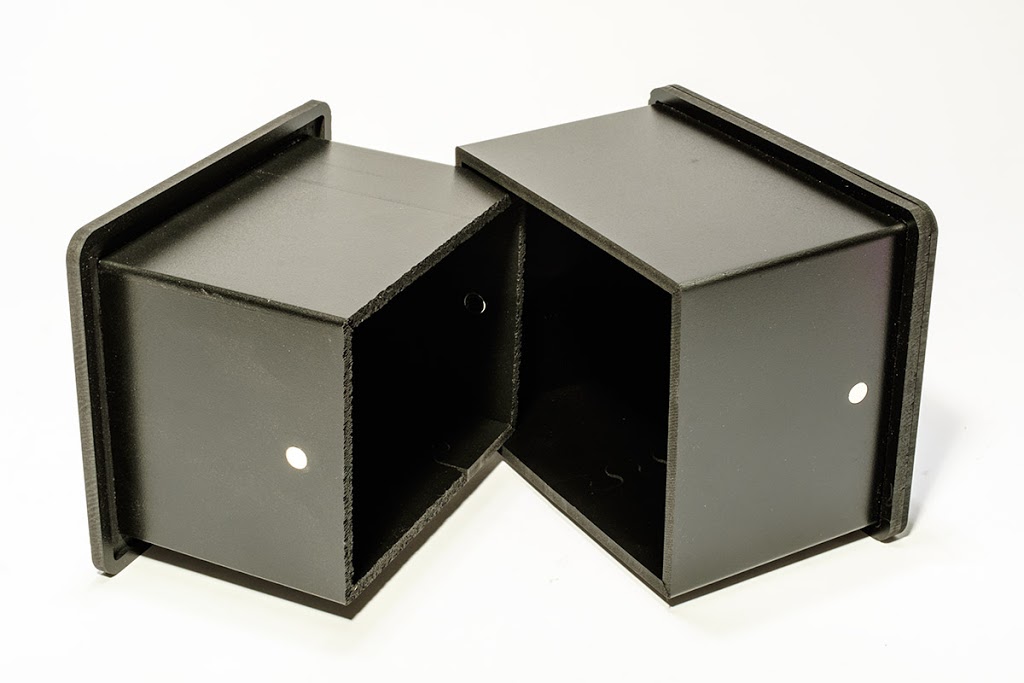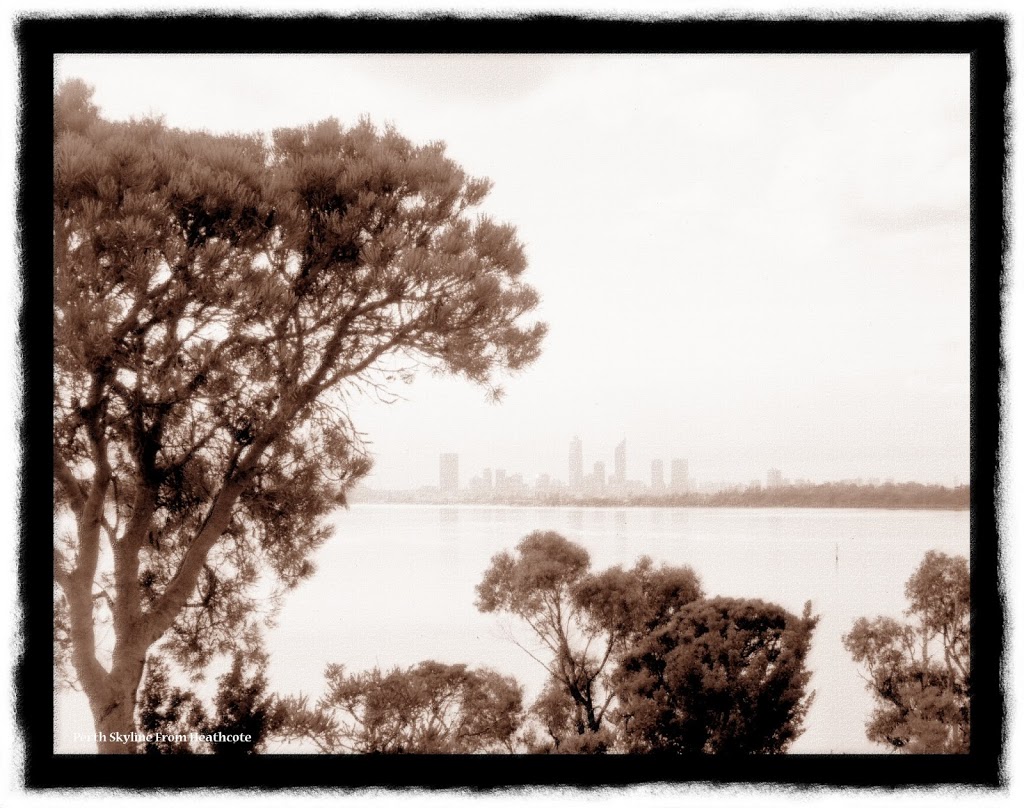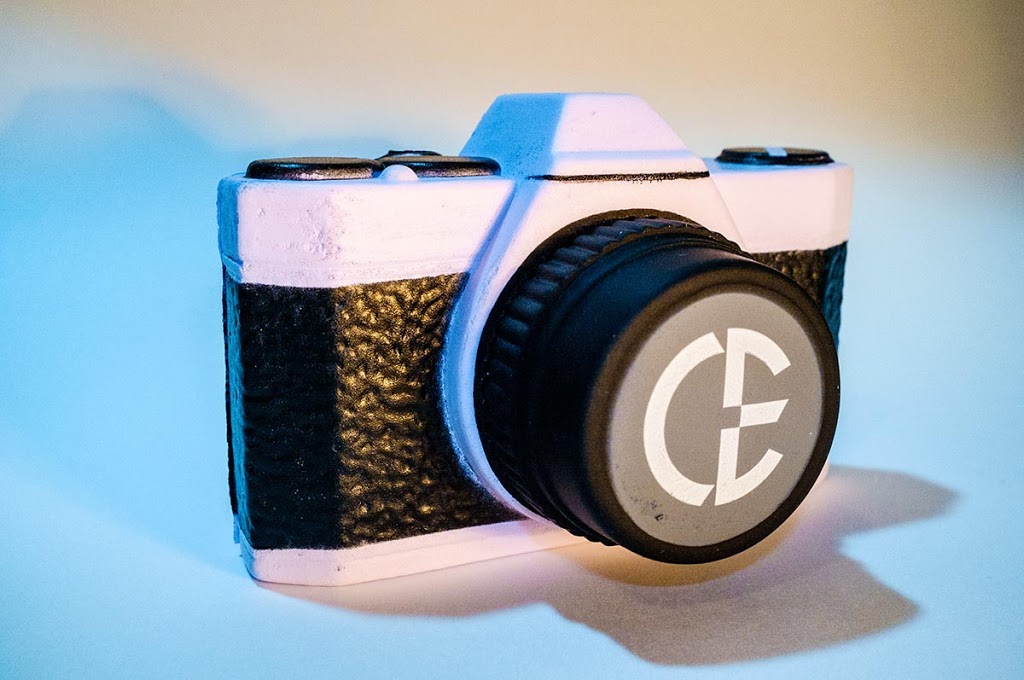05 May Apples To Oranges – It Gets Juicy…
Having been taken to task by a reader when he felt I had compared apples to oranges in a week’s posting on Sony cameras, I am going to be careful with this one - I wish to state that I am comparing watermelons to water pumps. It is a perfectly legitimate technique as long as you have somewhere to spit the seeds. Another person also complained that I seem to feature a lot of toy cars in my weblog columns. This is perfectly accurate - I do. They are ready models ( ! ) for studio work and I strive to improve my illustration techniques with them. I’m happy to say there is an international internet group of like-minded enthusiasts who appreciate them. In fact, if you want to know how to take toy car pictures, I am the go-to guy. It’s a very small niche and pays nothing at all, apart from the weblog columns, but it is a genuine part of me. It’s what I do. Other photographers that I know are the go-to’s for other work; If you want to...



